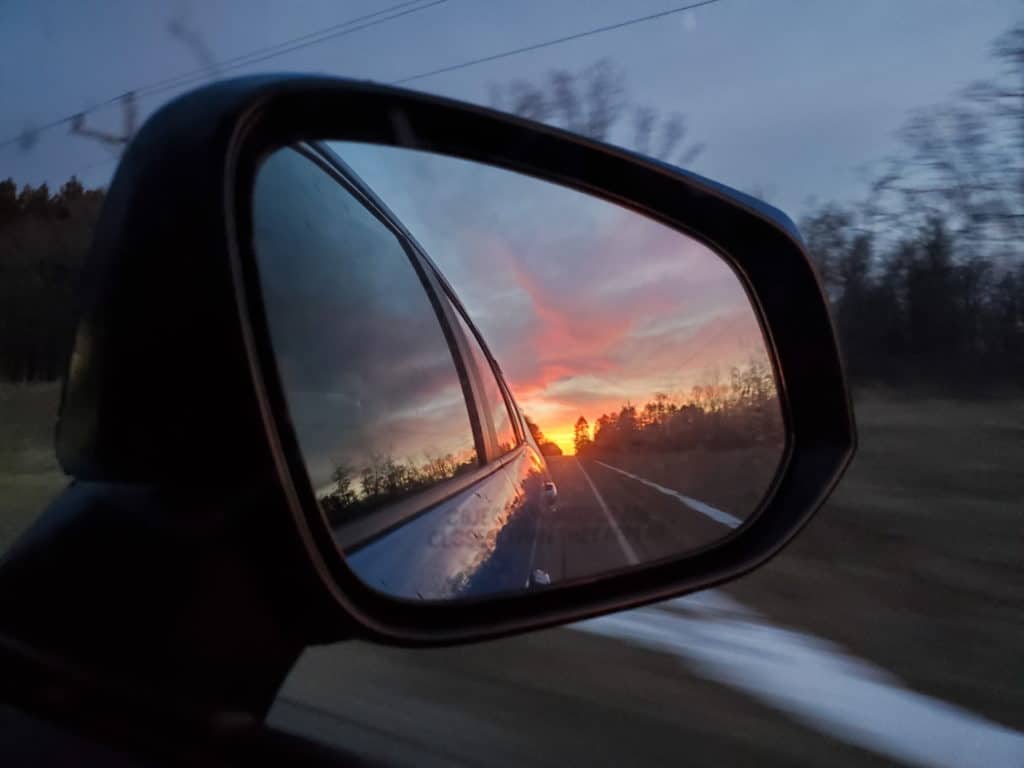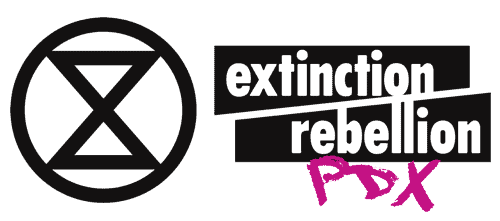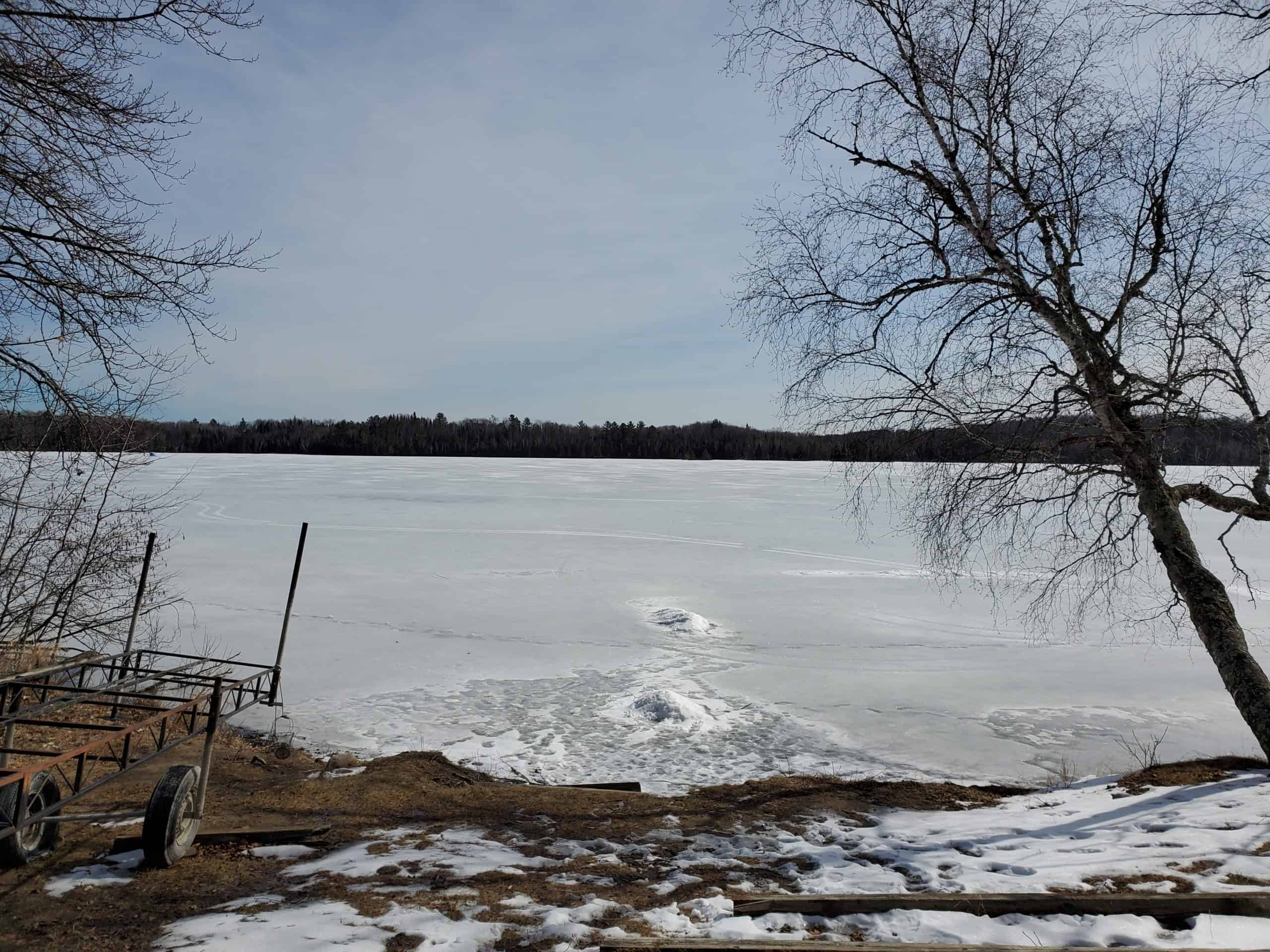I went to Minnesota with XRPDX last month and, when we were at the Giniw Collective camp, if someone wanted to socialize, find a new task or just needed a break, they went to the campfire. That week, there was a large Extinction Rebellion presence, so in addition to standard hobnobbing, folks were naturally going to sometimes talk about climate change.
These conversations felt…weird.
There’s nothing wrong with it, of course. It’s a mutual interest and deeply connected to the project of resisting Enbridge encroachment on Anishinaabe and Lakota land. But it distinctly felt like if that was the only reason you showed up then you were missing the point.
Being on the ground, at the frontline of the struggle against the Line 3 pipeline, actually standing on that sacred land with my own feet, something became crystal clear to me: Fossil fuel pipelines are not a climate change issue taking place on Indigenous soil. They’re an Indigenous issue with global consequences.
This may not seem obvious. There’s a reason for that.
Racism against Indigenous people is so baked into American culture that it’s effectively as old as American culture itself. The campaign of genocide that began almost as soon as Europeans set foot on this continent continues to this day. (The act of destroying sacred wetlands to build a pipeline is, itself, cultural genocide, to say nothing of routine physical and sexual violence from police.)
That means every time companies like Enbridge steal Indigenous land, they’re not just kicking people out of their homes for corporate profit. They’re taking another step in the 500-year process of trying to eradicate a group of people from the face of the planet. But that process is so incredibly normalized—it’s never not been happening—that it creates a blind spot where all kinds of social ills can grow, leaving people to wonder where it all keeps coming from.
And since none of this is taught in school, every call for action is forced to double as a history lesson. How quickly can you explain why the Anishinaabe’s sacred wild rice wetlands are more important than any other random patch of land? I might be able to get it down to two sentences, but every sentence we have to spend on “why” is a sentence we don’t get to spend on “how”. That’s a serious handicap.
Racism smuggles all kinds of poisons into society, hiding them where many people don’t know how to see them. This is hardly the only example: the shredding of America’s social safety net and our long history of failing to get universal healthcare wouldn’t have been possible without anti-Black racism. (Nor, for that matter, would Cancer Alley.)
The old news of anti-Indigenous racism creates a smokescreen for the new news of fossil fuel projects, such that by the time most people realize what’s happening, construction is already underway.
Even in the most cynical terms, climate activists have every reason to make Indigenous sovereignty a core issue and not just wait until there’s yet another pipeline fight. It’s because this just keeps happening. The reason fossil fuel infrastructure so often runs through Indigenous territories is because Indigenous people been so marginalized that it’s the path of least resistance. NIMBYism at its most blatant.
Build Indigenous power and Indigenous independence and that suddenly becomes a whole lot harder. If fossil fuel companies can’t break through Indigenous local authority, their projects will start dying before they even begin.
We get to finally, finally stop playing defense and take the fight to the source.
There is a monster at the heart of American society. It has many forms and manifests in many ways, but the truth is that there is only one struggle. Climate change, Indigenous genocide, anti-Black racism, police brutality, gender oppression, medical bankruptcies, income inequality: All of these issues are so deeply tied together that truly solving one problem inevitably means solving them all.
People who argue that those other issues won’t matter if we don’t stop climate change radically misunderstand the situation. Indeed, I’m wondering if “climate activism” as a standalone idea even makes sense. It certainly isn’t saving the planet.
We live or die together. The sooner we realize that, the better.


